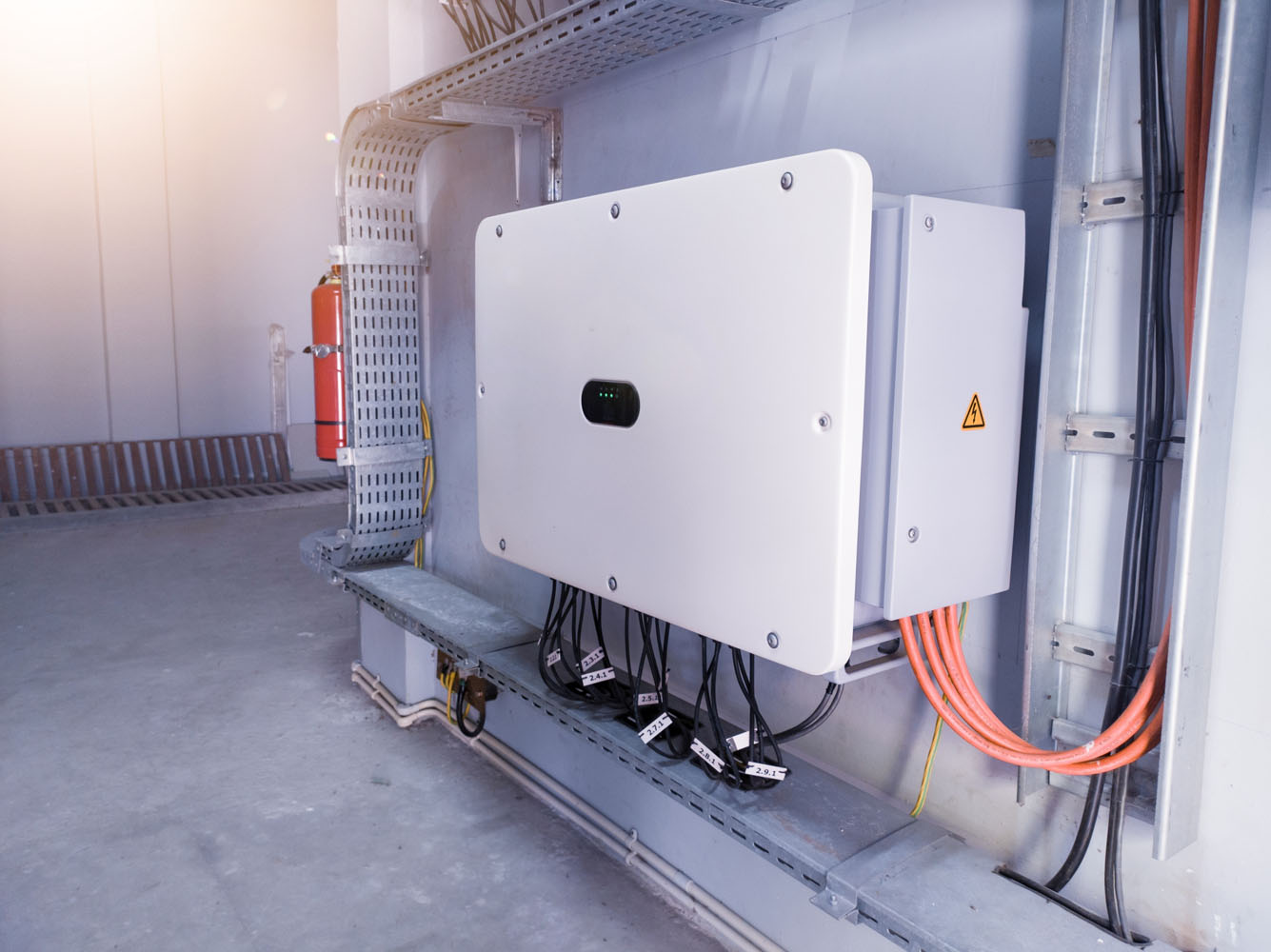When shopping for a new air conditioning or heating system, you’ll likely come across the term Seasonal Energy Efficiency Ratio (SEER). But what exactly does SEER mean, and how can it help you choose the most energy-efficient system for your home? In this article, we’ll break down the concept of SEER and explain why it’s an important metric to consider when buying an HVAC system.
1. What is SEER?
SEER stands for Seasonal Energy Efficiency Ratio, and it’s a measure of how efficiently an air conditioning or heat pump system operates over an entire cooling season. It’s calculated by dividing the total cooling output (in British Thermal Units or BTUs) by the total energy input (in watt-hours) during the same period.
- Higher SEER ratings = greater efficiency: The higher the SEER rating, the more efficient the system, meaning it uses less energy to cool your home.
2. How is SEER Calculated?
SEER is calculated based on the cooling output of a system over a typical cooling season, divided by the total energy used in watt-hours. It’s essentially a seasonal average of the system’s efficiency, taking into account fluctuating outdoor temperatures and cooling needs.
- Example: A system with a SEER rating of 18 is 50% more efficient than one with a SEER rating of 12, as it requires less energy to provide the same amount of cooling.
3. What’s a Good SEER Rating?
In Australia, the minimum SEER rating for air conditioning systems is around 14, but newer, more efficient models can have SEER ratings as high as 24 or more.
- 14-16 SEER: Standard efficiency, ideal for budget-conscious homeowners.
- 16-20 SEER: High efficiency, offering better performance and lower energy bills.
- 20+ SEER: Ultra-high efficiency, ideal for homes looking for maximum savings and sustainability.
4. Benefits of Higher SEER Systems
While systems with higher SEER ratings often come with a higher upfront cost, they offer several long-term benefits that make them a smart investment:
- Lower energy bills: High SEER systems use less electricity to cool your home, reducing your monthly utility costs.
- Improved comfort: These systems typically have variable-speed motors, allowing for more consistent temperature control and better humidity management.
- Reduced environmental impact: By using less energy, high SEER systems help lower your carbon footprint and reduce the demand on the electrical grid.
5. SEER vs. EER: What’s the Difference?
While SEER is the most common efficiency metric, you may also encounter EER (Energy Efficiency Ratio) when shopping for an HVAC system. The key difference is:
- SEER: Measures efficiency over an entire cooling season, taking varying temperatures into account.
- EER: Measures efficiency at a specific outdoor temperature (usually 35°C).
SEER provides a more comprehensive view of seasonal efficiency, while EER is a snapshot of efficiency at a specific point in time.
Conclusion
Understanding SEER is essential for choosing an energy-efficient HVAC system. Systems with higher SEER ratings offer better long-term savings on energy bills, improved comfort, and a reduced environmental impact. When purchasing a new air conditioner or heat pump, be sure to look for a system with a high SEER rating to maximize efficiency and savings.







